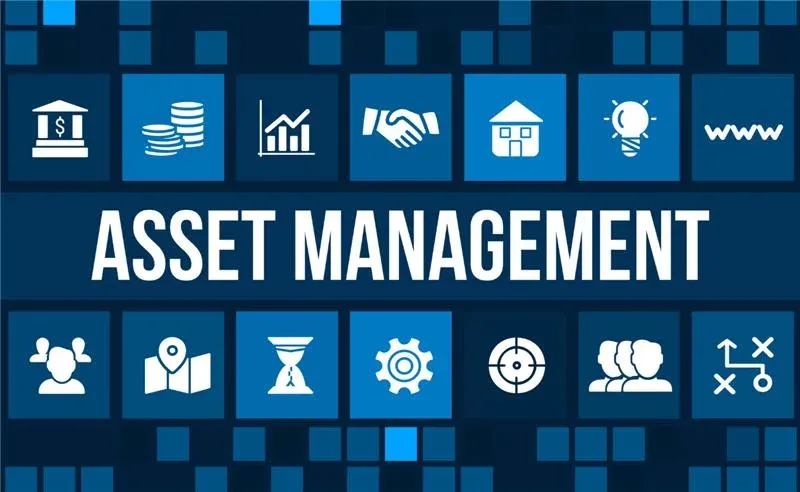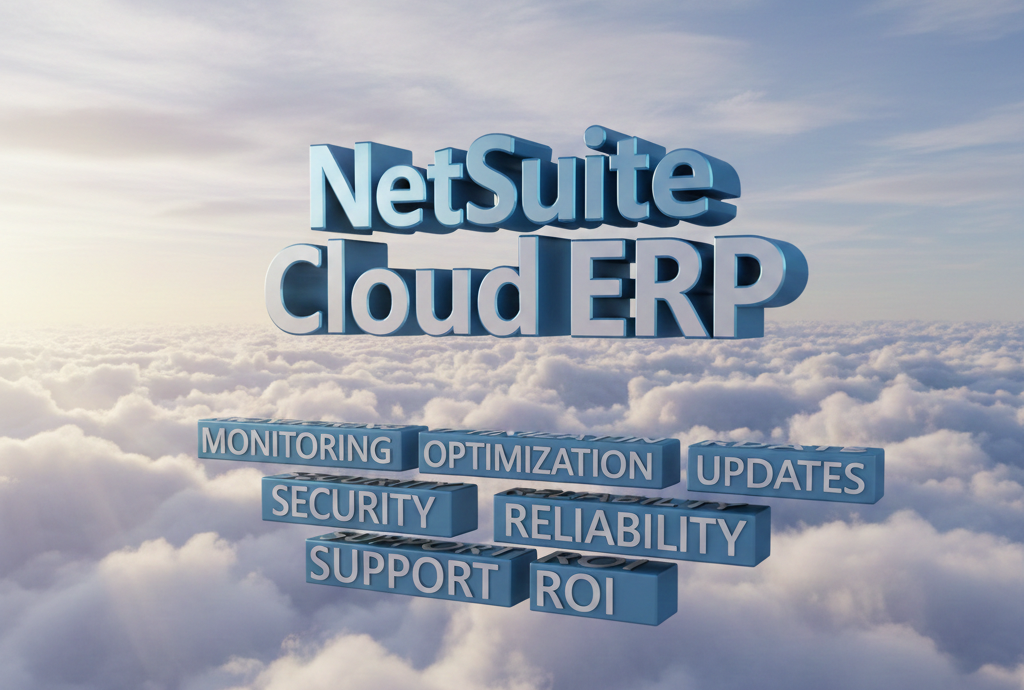Why Your NetSuite Implementation Methodology is a Strategic Business Decision
Your methodology impacts how fast you see value, what it costs, how well the system fits your needs, and how much risk you carry.
- Speed to ROI: How soon you get results.
- Total Cost of Ownership: Initial setup plus long-term support and upgrades.
- Adaptability: How easily NetSuite fits your processes.
- Risk Exposure: Likelihood of delays, budget issues, or misalignment.
Choosing the wrong path often means higher costs, longer delays, and systems that don’t support the business. Choosing well sets the foundation for scalable operations and long-term gains.
Understanding the Traditional BRD (Business Requirements Document) Approach
The BRD model is a custom implementation. It starts with mapping all your processes in detail and building NetSuite around them.
The BRD Process:
- Discovery: Consultants document your current workflows and future goals.
- BRD Creation: A large document outlines every feature, integration, and customization.
- Custom Build: NetSuite is built to match everything in the BRD.
- Testing & Go-Live: The system is tested end-to-end before launch.
Advantages of a BRD-Driven Implementation:
- High Customization: Fits unique, complex business models.
- Clear Scope: The BRD gives structure and sets stakeholder expectations.
- Full Control: You control features and design decisions.
Disadvantages of a BRD-Driven Implementation:
- Takes Longer: Discovery alone can take months.
- Higher Costs: More hours from consultants and developers.
- More Risk: Custom work can increase scope, delay timelines, and inflate costs.
- Process Lock-in: Automates your current workflows, even if they’re inefficient.
Ideal For: Large enterprises with specialized processes that don’t align with standard best practices.
Understanding the Modern SuiteSuccess Approach
SuiteSuccess is NetSuite’s ready-to-go model. It’s based on common needs in specific industries and is built for faster, more predictable rollouts.
The SuiteSuccess Process:
- Pre-Built Industry Design: Templates for verticals like software, retail, services, and manufacturing.
- Phased Implementation: Clear stages and faster launch, often in less than 100 days.
- Proven Workflows: Uses industry-tested processes.
- Fixed Scope: Standardized design keeps time and cost under control.
Advantages of the SuiteSuccess Methodology:
- Faster Results: Go live quickly and start seeing value faster.
- Lower Costs: Fewer hours and less rework mean more manageable budgets.
- Lower Risk: The fixed model reduces surprises and delays.
- Easy Upgrades: Less customization makes future updates smoother.
Disadvantages of the SuiteSuccess Methodology:
- Less Flexibility: Your business must align with standard workflows.
- Limited Fit for Niche Needs: Companies with highly specialized processes may need more customization.
Ideal For: Small to mid-sized businesses and those in SuiteSuccess-supported industries who want proven processes with lower risk and cost.
BRD vs. SuiteSuccess: A Head-to-Head Comparison
| Factor | BRD (Custom Implementation) | SuiteSuccess (Accelerated) |
|---|---|---|
| Implementation Timeline | 6 months to 2+ years | 3 to 6 months (Often <100 days) |
| Cost Structure | Higher (Variable, Time & Materials) | Lower (Predictable, Often Fixed-Fee) |
| Level of Customization | High (Fully Tailored) | Moderate (Best Practice Configurations) |
| Core Philosophy | Build software to match your processes | Adjust your processes to standard workflows |
| Project Risk | Higher (Scope creep, delays) | Lower (Fixed scope, proven model) |
| Ideal Candidate | Enterprises with complex or unique models | SMBs, scaling firms, common use cases |
The 2025 Decision Framework: How to Choose with Confidence
This decision depends on how your business operates, how much change you can take on, and your available time and budget.
Ask yourself:
1. How unique are your core workflows?
Mostly standard (CRM, finance, inventory)? → Go with SuiteSuccess
Highly specialized (custom quoting, ETO production)? → Go with BRD
2. Is your team open to change?
Can adopt best practices quickly? → SuiteSuccess
Need to preserve existing workflows? → BRD
3. What are your time and budget limits?
Need quick results and fixed pricing? → SuiteSuccess
Have more budget and time for a custom fit? → BRD
4. Is your industry supported?
In NetSuite’s supported verticals? → SuiteSuccess is a strong fit
In a niche or hybrid industry? → BRD might be necessary
Expert Insight from EPIQ Infotech
Some of the best projects we’ve delivered use a hybrid model.
We start with SuiteSuccess to roll out the basics—finance, CRM, inventory—quickly. Then we layer in BRD-driven customizations for the areas that truly set your business apart, like revenue recognition, complex billing, or demand planning.
What matters most is working with a partner who understands when to follow the blueprint—and when to deviate.
The EPIQ Infotech Advantage: Your Guide on the Journey
Choosing the right implementation method is important. But the bigger factor is who you choose to guide you.
Here’s how we help reduce risk:
- We recommend what’s best for your business, not what’s easiest for us.
- We have experience in both SuiteSuccess and custom implementations.
- We stay collaborative and transparent throughout the project.
We don’t push one model. We assess your business, goals, and constraints—and then suggest what works.
Let EPIQ Infotech Help You Decide
Still unsure which path is right? That’s normal.
Let’s talk through your business model, goals, and constraints. We’ll walk you through your options and help you make the decision with confidence.
Frequently Asked Questions
What is the difference between BRD and SuiteSuccess for NetSuite implementation?
BRD is a traditional, fully customized approach that builds NetSuite around your existing business processes. SuiteSuccess is NetSuite’s pre-configured framework based on industry best practices designed for faster, more standardized deployment.
Which method is faster—BRD or SuiteSuccess?
SuiteSuccess is faster. Most implementations go live in under 100 days, while BRD-driven projects can take six months to two years, depending on complexity.
Which approach is more cost-effective?
SuiteSuccess typically costs less. It’s designed for fixed-fee pricing and lower consulting hours. BRD implementations often follow a time-and-materials model and involve more custom development, which raises the cost.
Can I customize NetSuite with SuiteSuccess?
Yes, but only to a point. SuiteSuccess allows configuration within standard best practices. If you need deep customization or integration beyond that, a BRD approach may be more appropriate.
Is SuiteSuccess suitable for every industry?
No. SuiteSuccess works best for industries NetSuite directly supports—like Software, Services, Retail, and Manufacturing. If your industry is niche or heavily specialized, BRD may be a better fit.
What are the main risks of choosing BRD?
BRD projects are more prone to delays, scope creep, and budget overruns due to their open-ended nature and extensive customization.
Can I use a hybrid approach—some SuiteSuccess, some BRD?
Yes. Many successful implementations start with SuiteSuccess for the core modules and then apply BRD-style customizations to specialized areas. EPIQ Infotech uses this blended approach when it makes sense.
Which approach is better for a small or scaling business?
SuiteSuccess. It’s faster, leaner, and designed for businesses that need quick ROI with limited budget and time.
Who should use the BRD approach?
Larger enterprises with complex, non-standard workflows that can’t be adapted to out-of-the-box best practices.
How do I decide between the two?
Consider how unique your processes are, how flexible your team is, what your budget and timeline look like, and whether your industry is supported by SuiteSuccess. Still unsure? Talk to an experienced NetSuite partner like EPIQ Infotech for guidance.







